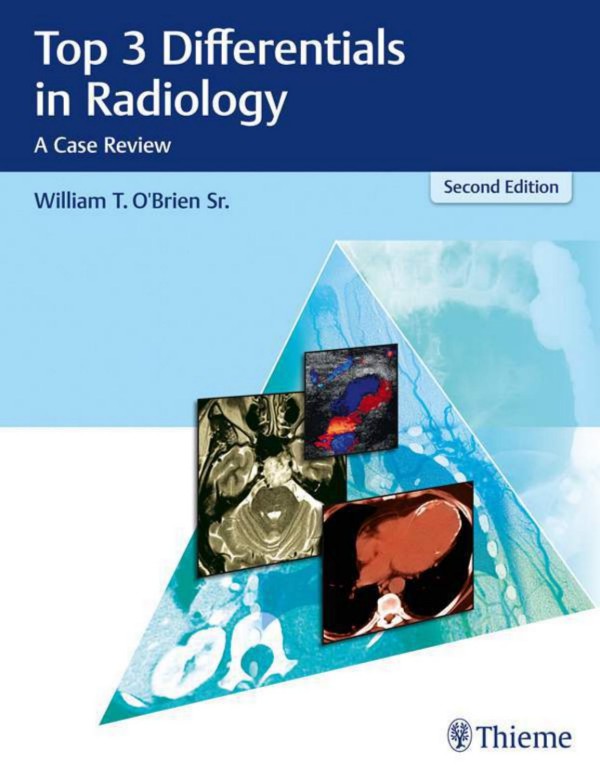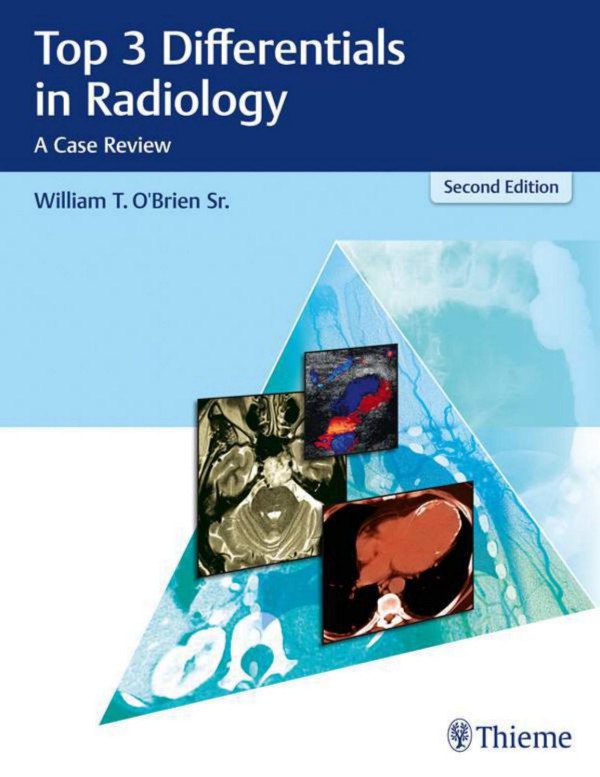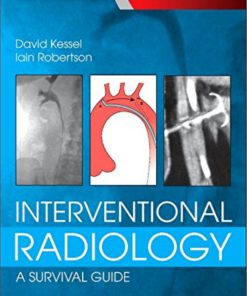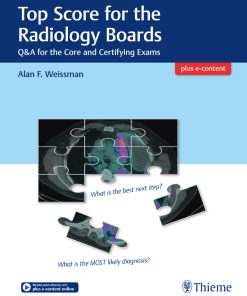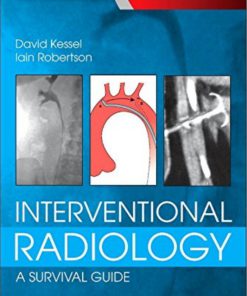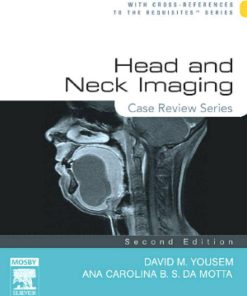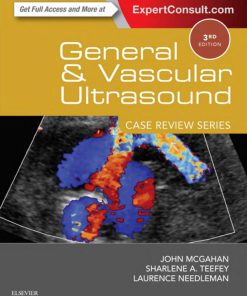Top 3 Differentials in Vascular and Interventional Radiology A Case Review 2nd edition by David Gover, William O’Brien ISBN 162623356X 978-1626233560
Original price was: $50.00.$25.00Current price is: $25.00.
Authors:David Gover , Series:Pathology [39] , Tags:Medical; Radiology; Radiotherapy & Nuclear Medicine , Author sort:Gover, David , Ids:9781626233577 , Languages:Languages:eng , Published:Published:Nov 2018 , Publisher:Thieme , Comments:Comments:The highest-yield, most complete vascular and interventional radiology exam prep and learning tool available today!Top 3 Differentials in Vascular and Interventional Radiology – A Case Review by David D. Gover is one in a series of radiology case books mirroring the format of the highly acclaimed O’Brien classic, Top 3 Differentials in Vascular and Interventional Radiology – A Case Review. Image-guided procedures used in vascular radiology, such as angiography, are presented concisely, with easy-to-remember, high-yield information.Each of the 144 cases is formatted as a two-page unit. The left page features radiologic or interventional imaging findings, succinct clinical information with presenting symptoms, and ancillary studies. The right page includes the key imaging gamut, differential diagnoses rank-ordered by the Top 3, additional diagnostic considerations, final diagnosis, clinical pearls, and resources for additional learning.Key Features:The five chapters cover preprocedural evaluation and patient management, standard cases, Roentgen Classics, anatomy relevant to interventional radiology (IR), complications and postprocedural careMore than 400 high-quality images, tables, and detailed algorithms enhance understanding of common and clinically pertinent interventional radiology casesCase pearls at the end of each scenario succinctly summarize major teaching pointsUnique section on management of procedural complications provides invaluable guidance to residents on callThis book is a robust radiology board review for radiology and IR residents. Veteran radiologists who wish to hone their diagnostic skills will also find it to be a valuable resource.

